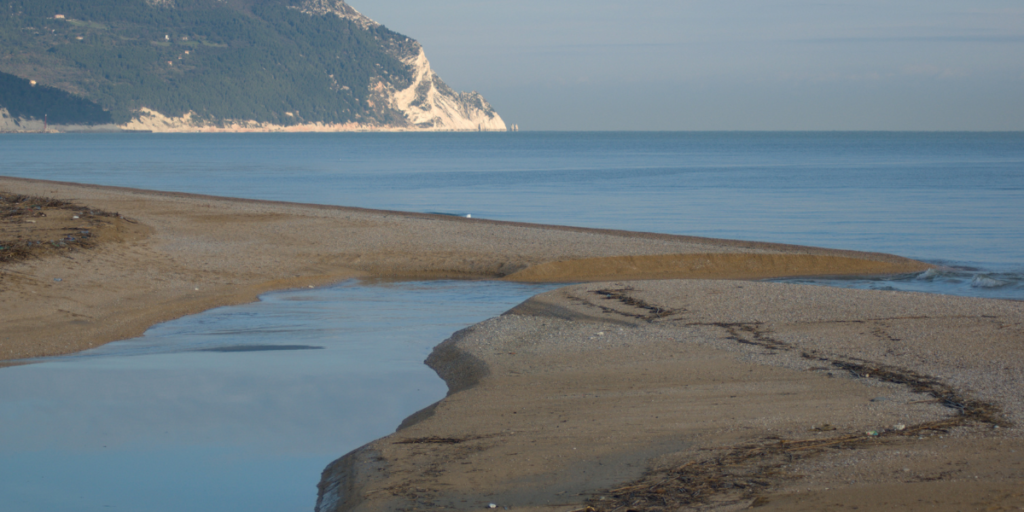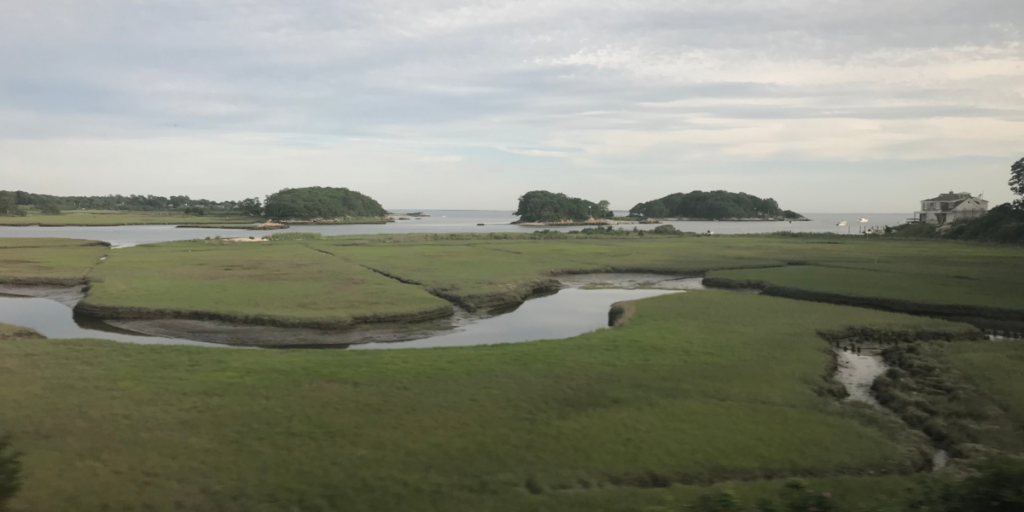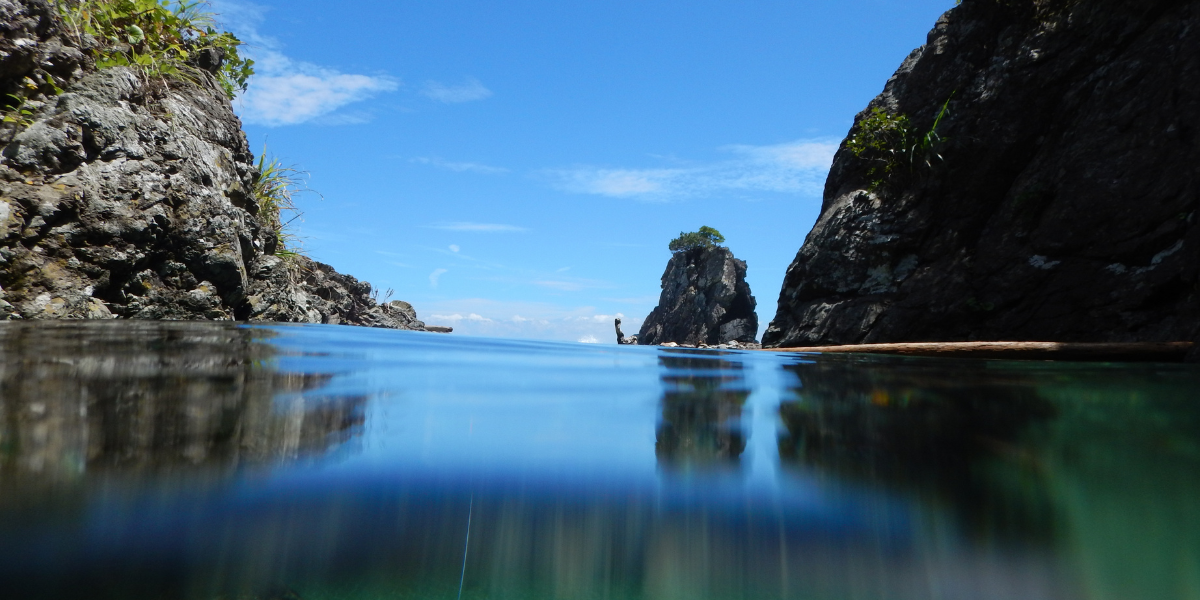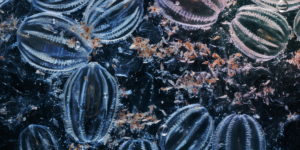The Significance of Estuaries in Maintaining the Health of Coastal Environments
Did you know that estuaries are among the most productive ecosystems in the world? These unique coastal habitats are where freshwater rivers and streams meet and mix with saltwater from the ocean, creating a dynamic environment that supports a wide range of plant and animal life.
In fact, over 75% of fish species in North America depend on estuaries at some point in their lives for food or shelter.
But estuaries do more than just provide habitat for aquatic organisms. They also play an important role in maintaining healthy coastal ecosystems by filtering water, regulating nutrient cycles, and protecting shorelines from erosion and storm surges.
Despite their ecological significance, however, estuaries face numerous threats from human activities such as land development, agriculture, and pollution. As such, it is crucial that we understand the importance of these complex habitats and take steps to conserve and manage them for future generations.
Key Takeaways
- Estuaries are vital for maintaining healthy coastal ecosystems, providing habitat for a diverse range of aquatic organisms and serving as nurseries for juvenile fish.
- Estuaries face threats from human activities like land development, agriculture, and pollution, and require comprehensive management strategies to address these challenges.
- Collaborative efforts and policy implementation are necessary to protect and preserve estuaries, with stakeholder engagement promoting transparency and accountability in decision-making processes.
- Annual clean-up events and habitat restoration projects are crucial for improving estuarine health and maintaining healthy coastal ecosystems.

The Definition and Characteristics of Estuaries
You’re probably wondering, “What exactly is an estuary?”Well, let me tell you – it’s a unique coastal ecosystem where freshwater from rivers mixes with saltwater from the ocean, creating a brackish environment with constantly changing tides and currents.
Estuaries are among the most productive ecosystems on earth because they serve as nurseries for many fish and shellfish species. These environments also filter pollutants out of the water before they reach the open sea.
Estuaries form when freshwater streams or rivers flow into an area of shallow seawater. The mixing of fresh and saltwater creates a unique environment that is characterized by fluctuating salinity levels.
There are several different types of estuaries, including coastal plain estuaries, bar-built estuaries, fjord estuaries, and deltaic estuaries. Each type has its own unique characteristics depending on factors such as location and topography.
Understanding how these diverse ecosystems function is essential for maintaining their health and preserving them for future generations.
The Importance of Estuaries to Aquatic Life
As an aquatic organism, you rely heavily on the unique conditions found within estuaries to thrive and survive. Estuaries provide a crucial habitat for various species of fish, birds, mammals, and invertebrates. They are often referred to as the ‘nurseries of the sea’ due to their high productivity and abundance of nutrients that support a diverse ecosystem.
Here are three reasons why estuaries are important to aquatic life:
- Estuarine food webs: Estuaries support complex food webs that sustain many species of aquatic organisms. The mix of freshwater and saltwater creates a rich environment for phytoplankton, which form the base of the food web. Zooplankton feed on phytoplankton, which in turn provides food for larger predators such as fish and birds.
- Habitat diversity: Estuaries offer a wide range of habitats including mudflats, seagrass beds, mangrove forests, oyster reefs, and tidal channels. Each habitat supports different species with specific needs. For example, mudflats provide feeding grounds for shorebirds while seagrass beds offer shelter for juvenile fish.
- Protection from predators: Juvenile fish use estuaries as nurseries because they offer protection from larger predators in open waters. Additionally, some species migrate into estuaries during winter months to avoid harsh weather conditions along coastlines.
Overall, estuaries play a critical role in maintaining healthy coastal ecosystems by providing habitat diversity and supporting complex food webs that sustain numerous species of aquatic life.
The Role of Estuaries in Filtering Water
Did you know that when you visit the beach, the clear water you see is partly due to the important role estuaries play in filtering pollutants and sediment from upstream sources?
Estuaries act as a natural filtration system by trapping sediments and nutrients flowing in from rivers and runoff. They also help remove excess nutrients like nitrogen and phosphorus through biological processes. This not only benefits aquatic life but also contributes to overall water quality.
Estuary restoration techniques are being used to improve the health of these vital ecosystems. These techniques include restoring wetlands, planting native vegetation along shorelines, and reducing nutrient inputs.
By restoring estuaries, we can not only improve water quality but also provide habitat for wildlife, protect against storm surges, and support recreational activities such as fishing and boating.
So next time you enjoy a day at the beach or on the water, remember that healthy estuaries play an important role in making those experiences possible.
Threats to Estuaries and Coastal Ecosystems
The once vibrant and colorful coral reefs of our coastlines are now slowly fading away, destroyed by pollution, overfishing, and climate change. The threats to estuaries and coastal ecosystems are numerous and complex, each exacerbating the others’ harmful effects.
Pollution prevention is crucial in addressing this issue since pollutants from industry, agriculture, and human activities can accumulate in sediments or water bodies resulting in a toxic environment for aquatic species. Industrial pollutants from manufacturing plants, agricultural runoff containing fertilizers, human waste materials such as sewage, and toxic chemicals used in household products are all major contributors to this problem.
Climate change impacts also pose a significant threat to estuarine health as rising sea levels increase the frequency of floods that introduce more pollutants into the ecosystem. Additionally, warming waters promote algal blooms that produce toxins harmful to fish and other marine life. Combined with ocean acidification that results from increased carbon dioxide absorption by seawater, these threats further deteriorate the health of estuaries and coastal ecosystems.
It’s imperative that we take action now to address these issues through better pollution prevention measures and mitigating our impact on climate change before it’s too late.
Conservation and Management of Estuaries
To effectively conserve and manage estuaries, it’s crucial to prioritize protection and restoration efforts. This involves implementing measures to reduce pollution, restore degraded habitats, and prevent further erosion of the shoreline.
Community involvement and education play a critical role in raising awareness about the importance of estuaries and promoting sustainable practices that support their health. Collaborative efforts between stakeholders, including scientists, policymakers, and local residents, are also essential for successful conservation initiatives.
Finally, effective policy implementation is necessary to ensure that regulations are enforced and any potential threats to estuarine ecosystems are minimized or eliminated altogether.

Importance of Protection and Restoration
Preserving and reviving estuaries is crucial for maintaining the health of coastal ecosystems. The importance of funding and government initiatives in protecting these vital habitats cannot be stressed enough.
Estuaries are known as nurseries for many marine species, providing a safe haven for them to grow and thrive before venturing out into the open ocean. They also act as filters, removing pollutants from the water that would otherwise harm marine life.
Protection and restoration efforts require adequate funding to ensure their success. Without proper funding, it becomes difficult to implement necessary measures such as reducing pollution levels or restoring degraded habitats. Governments can play a significant role in this regard by allocating funds towards conservation programs that protect estuaries from development or other harmful activities.
These initiatives should focus on preserving the natural processes within these ecosystems while improving conditions for native species to flourish. By supporting such efforts, we can ensure that future generations will continue to benefit from the numerous services provided by healthy coastal ecosystems.
Community Involvement and Education
Now that you understand the importance of protecting and restoring estuaries, let’s talk about how community involvement and education play a significant role in maintaining healthy coastal ecosystems.
When individuals are aware of the benefits that estuaries provide, they’re more likely to take action to protect them. By raising awareness through educational programs and community outreach, people can learn about the impact their actions have on estuaries.
One way to get involved is by volunteering for organizations dedicated to estuary conservation. These groups often offer opportunities for individuals to participate in habitat restoration projects or monitoring efforts. Additionally, many communities hold annual clean-up events where volunteers can help remove trash and debris from local waterways.
By participating in these activities, individuals not only contribute directly to improving estuarine health but also gain a sense of belonging within their community.
Volunteer opportunities, educational programs, habitat restoration projects, and annual clean-up events are crucial components in maintaining healthy coastal ecosystems.
Through volunteer work and educational initiatives, individuals can take an active role in protecting our natural resources and fostering a sense of community ownership over these important habitats.
Collaborative Efforts and Policy Implementation
By working together and implementing effective policies, we can ensure the long-term preservation of estuaries and their vital role in maintaining healthy coastal ecosystems.
Policy collaboration is crucial for coordinating efforts between government agencies, non-governmental organizations, and other stakeholders to develop comprehensive strategies for managing these complex systems.
Stakeholder engagement is also critical to ensuring that policy decisions are informed by local knowledge and priorities. This can involve engaging with community members, businesses, and other groups in the development of management plans or seeking feedback on proposed policies.
By involving a diverse set of voices in decision-making processes, we can better understand the needs and concerns of different groups while also promoting transparency and accountability.
Ultimately, collaborative efforts and policy implementation are essential for protecting estuaries as critical components of our coastal ecosystem.
Frequently Asked Questions
How do estuaries affect the climate of coastal regions?
Estuaries have significant impacts on coastal climate, influencing temperature, humidity, and precipitation patterns. They also play a critical role in managing the impacts of climate change on estuarine biodiversity and supporting climate adaptation measures.
What is the economic value of estuaries and how are they used by humans?
Estuaries provide economic benefits and are utilized by humans for recreation, tourism, and fishing. They serve as a crucial habitat for many species and support coastal communities. One study estimated the value of estuary services at $25 billion annually in the US alone.
How do estuaries contribute to the overall health of the ocean and marine ecosystems?
Estuaries play a crucial role in supporting marine ecosystems by promoting estuarine biodiversity and nutrient cycling. The mixing of saltwater and freshwater creates an environment where diverse species thrive, while the exchange of nutrients supports the growth of primary producers.
Can estuaries be created artificially and what are the potential consequences of doing so?
Ever wonder if estuaries can be created artificially? Although possible, the ecological impact on coastal ecosystems is complex. Artificial estuaries may disrupt natural processes, alter water quality and temperature, and negatively affect the habitat of existing wildlife.
How do estuaries compare to other types of coastal ecosystems, such as mangroves or salt marshes, in terms of their ecological functions?
You’re curious about the ecological differences between mangroves and salt marshes compared to estuaries. Mangroves and salt marshes provide different habitats for organisms, while estuaries play a crucial role in maintaining healthy coastal ecosystems. Estuary restoration can present challenges, but the benefits are significant.
Conclusion
Now that you’ve learned about estuaries and their significance in maintaining healthy coastal ecosystems, it’s important to recognize the fragility of these environments.
Human activities such as pollution, habitat destruction, and overfishing are major threats to the survival of estuaries and the creatures that depend on them.
To protect these vital natural resources, conservation and management efforts must be implemented. This includes reducing pollution through stricter regulations and using more sustainable fishing practices.
By taking action to preserve estuaries, we can ensure that they continue to serve as critical habitats for aquatic life and play a crucial role in filtering water for the benefit of both humans and wildlife alike.
Let’s work together to safeguard our coastal ecosystems for generations to come.




